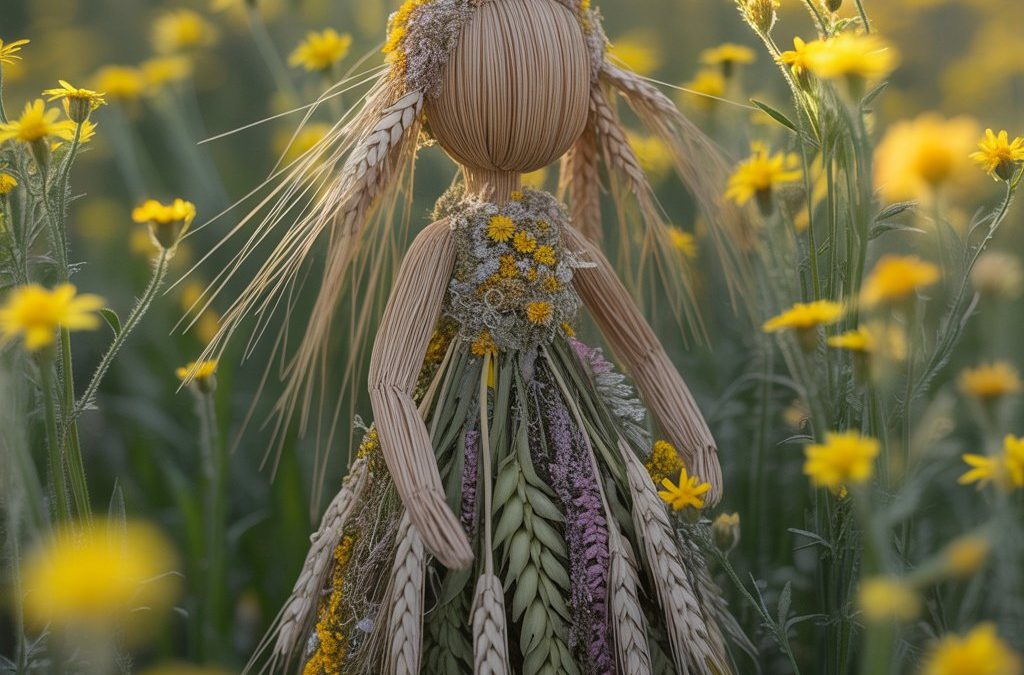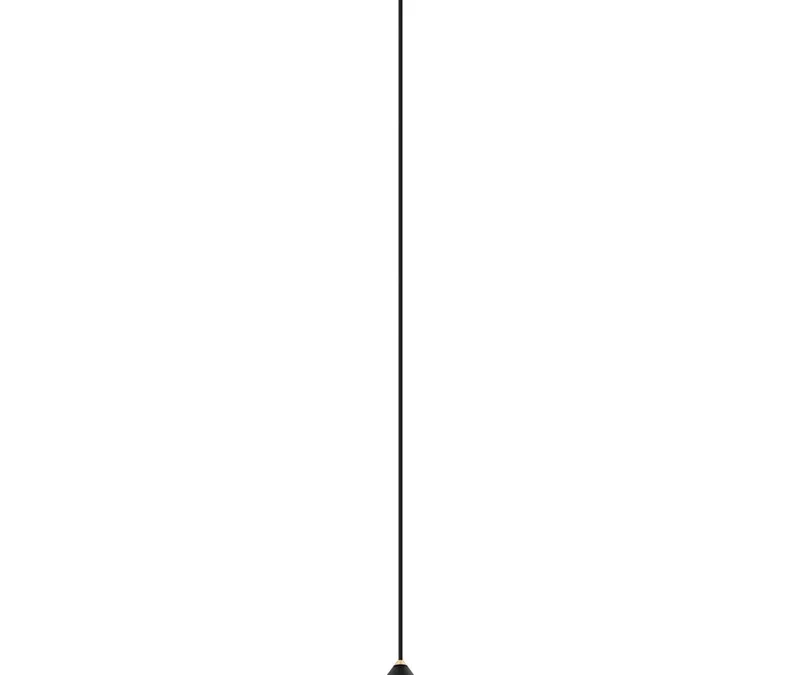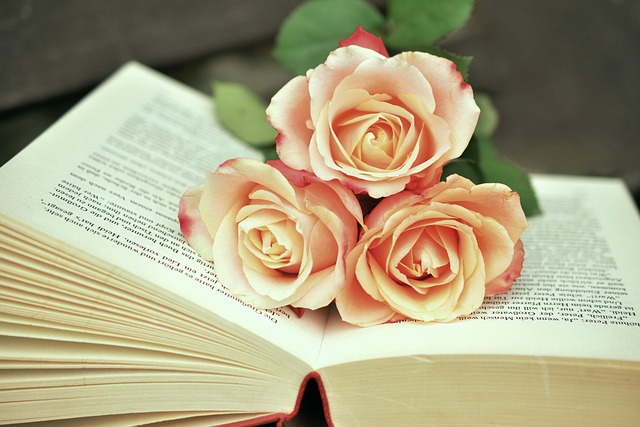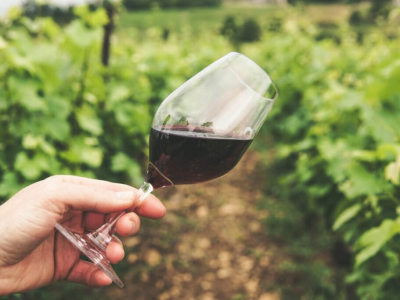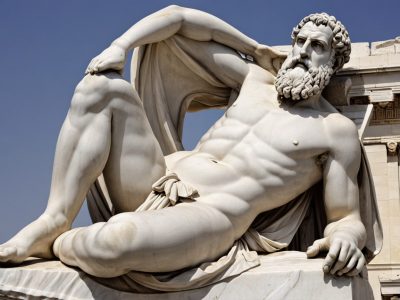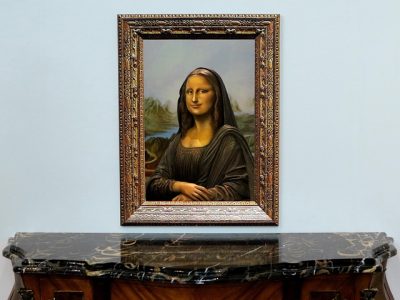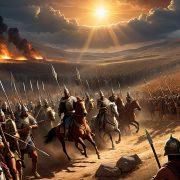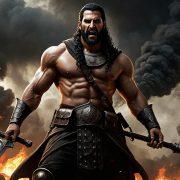
The figure of Mykhailo Boychuk deserves special attention in the issue of «Boichukism». And here it’s not just about the name. His personality is a breakdown, a struggle and the formation of Ukrainian statehood. His followers, together with his wife, unfortunately became victims of the Red Terror, which, although it took the lives of the best, did not take away a good and bright memory, cultural and artistic feats and heritage, which is not only immortal, but also continues to live and give birth to new ones , unique.
Mykhailo Boychuk is a multifaceted figure in his work. Being a member of the Scientific Society named after Taras Shevchenko, as well as the Ukrainian Scientific Society, he deeply penetrated our identity through the prism of images. In order to master the internal ontology of art images, Mr. Mykhailo first studied in Munich, and later, starting in 1908, he found himself in the French capital, getting acquainted with works of art of the world heritage. Deeply familiarizes himself with the life and creative works of Renoir, Picasso, Cézanne, etc. The result of such research influenced the formation of a departure from academic scientific approaches to art. The routine and strict artistic style, in his view, did not reflect the value of artistic art through the prism of their perception by society. At the same time, Mykhailo Boychuk pushes away any manifestations of individualism, relying on art as collective work. It was this context of art interpretation that led him to the formation of Ukrainian monumentalism as a representation of the acquisition of collective artistic experience.
Having married in Paris together with Sofya Nelypynska, both artists successfully found their followers. To the galaxy of Ukrainian monumentalists we find various figures, in particular, Mykola Kasperovych, a representative of the Krakow Academy of Arts, later a professor of the Ukrainian Academy of Arts (1921); Sophia Baudouin de Courtenay, a representative of the early avant-garde, etc.
The contours of Boychukism could not but be formed under the influence of Italian art. It is there that Mykhailo Boychuk and his wife Sofia master the latest technical tools of tempera. This type of paint, which is made on the basis of natural mineral pigments or emulsion, — yolk diluted with water, as well as other natural elements, is considered under tempera. They became the basis of the so-called «easel» painting, and were also used to paint the sarcophagi of the pharaohs in Ancient Egypt.
After returning from Italy in 1911, the Boychuk couple actively work and live in Lviv. After the end of the First World War, the next creative and intellectual period for the artist was Kyiv, where he had the opportunity to prove himself as an unsurpassed restorer. Thanks to his efforts, the art collection of Bohdan Khanenko is being restored, he is working on fixing the frescoes in the baptistery of the St. Sophia Cathedral, as well as opening new frescoes in the Assumption Cathedral in Chernihiv.
The main content of Ukrainian monumental art in Boychuk’s interpretation crystallized in 1925, when ARAU was founded — the Association of Revolutionary Art of Ukraine. And although the nomenclature was an attempt to «appease» the Soviet authorities, the content and direction of Boychuk’s artistic philosophy went far beyond the party approach. The main creed of the artistic philosophy of Boychukism is the reflection of national Ukrainian identity in artistic and decorative arts.
Ukrainian national identity absorbed several basic elements that formed the component of Boychukism:
1. Ornamental flatness; the influence of the Byzantine tradition. This approach in art is also called a neo-Byzantine vector for understanding Ukrainian identity due to the fact that ornamental flatness and flat graphics were formed in national art. Some art critics call this simplicity Ukrainian primitivism. An example of this is the painting «Mosaic of St. John», which displays a Byzantine fresco, simple but clear lines of figure transmission, as well as strictness of shades, lack of multifaceted colors and palette in the work. Similarly, we can observe in the work «Harvest», which has a somewhat strict iconic style of depicting figures and lines.
2. Life, household environment of a person in works of art. Reflecting a deep philosophical aspect. According to Boychuk, it is impossible to separate the collective national consciousness from the usual work, which is also characterized by an approach to solving the usual problems of the Ukrainian people, its mental and cultural characteristics, which are reflected in the artistic ontology. A vivid example of this is the work of the famous Boychukist Ivan Padalka, «Picking Tomatoes» (1932), and «Woman with a Bucket» (1920), in which the life of Ukrainians busy with harvesting is depicted with the presence of monumentalism. The rest of the works also include the work of his wife Sofia «Girls with a book», the work of V. Sendlyar «In the school of licknep».
3. The use of tempera instead of oil paints — a philosophy marked by a transfer to traditional techniques of writing works.
- Introduction of art into everyday life, syncretic avant-garde of traditional art with the latest approaches in it. In this way, Boychukism denied the naturalistic-realistic ways of depicting life events.
5. Sacralization of the countryside in art. The Boichukists managed to transfer the simple, usual work of the Ukrainian peasant into some ritualistic ceremony as a form of collective national identity.
Despite a number of innovative approaches of the Boychukists, the communist authorities called the Boychukists hostile, distorting socialist ideals and the image of the Soviet man. Despite the fact that the Red authorities often made use of Mykhailo Boychuk’s work and used his services, no praise was to be expected from them. Constant harassment, intimidation, suspicions and other forms of persecution of artists forced Boychuk to leave Kyiv in 1931, making artistic trips to Germany, France and Italy. He, along with his wife Sofia, as well as students Ivan Padalka and Vasyl Sedlyar, were convicted by the nkvd authorities and executed for their activities and beliefs. Mykhailo Boychuk became a victim of the moscow-soviet crime on November 26, 1936. His wife shared the same sad and tragic fate a year later, accused of «espionage» and «counter-revolutionary activities», as well as «the wife of the leader of nationalist terrorist activities among artists». The same fate befell many of his students.
And although the Boychukists became victims of the Red Terror, Ukrainian art and identity are immortal. No matter how much the opponent of everything human, humane, civilized, benevolent and noble tries to destroy everything, the time of his retribution is coming. A little more — and there will be no two-headed hydra. This is exactly what Mykhailo Boychuk had in mind when he depicted the figure of the great Kobzar on horseback and his inscription on the flag. This is the holiday of Shevchenko and the holiday of the entire Ukrainian people. This is a holiday of the entire humane civilized community!
Dr. Eugene Raspopov

